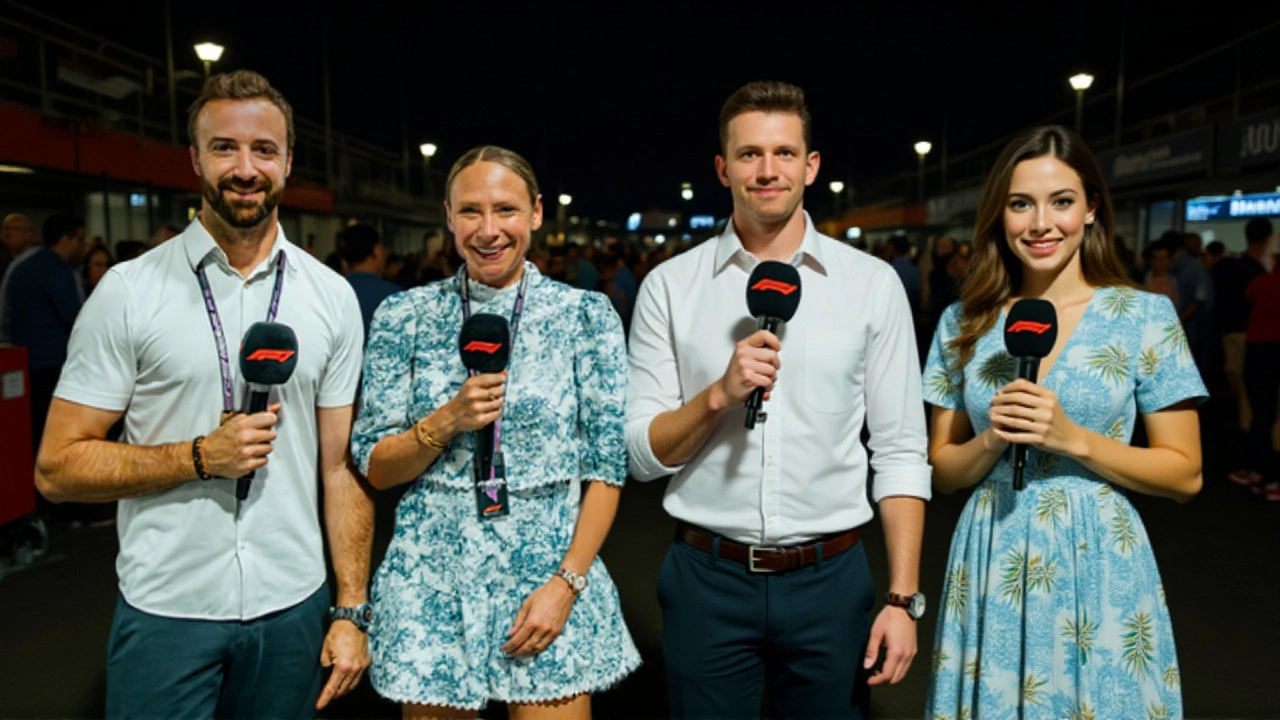George Russell – All the Latest F1 News and Insights
When following George Russell, a British Formula 1 driver who currently races for the Mercedes‑AMG Petronas team. Also known as Russell, he blends raw speed with a data‑driven approach to racing.
In the world of Formula 1, the premier single‑seater motorsport series that pits manufacturers and drivers against each other on 21 global circuits
the sport demands a mix of engineering excellence, split‑second decision‑making and flawless teamwork. Mercedes Mercedes‑AMG Petronas the factory team that provides the hybrid power unit, aerodynamic package and strategic support for its drivers delivers the tools Russell needs to compete for podiums. This relationship shows how "driver performance" requires "team resources" – a classic subject‑predicate‑object link that defines modern Grand Prix success.
Key Elements That Shape Russell’s Race Craft
Three core attributes drive Russell’s results: qualifying pace, race‑day strategy, and tire management. Qualifying pace encompasses the ability to extract a single‑lap time under full pressure, while race‑day strategy requires real‑time data from the car’s hybrid system. Tire management influences stint length and ultimately the final classification. Together, these elements form a feedback loop that the driver and engineers continuously refine.
Beyond the car, the driver’s mental fitness matters. Russell often talks about visualisation techniques that help him stay calm during safety‑car periods. This mirrors what sports psychologists call "cognitive rehearsal", a method that elite athletes across disciplines use to improve focus. By linking mental preparation to on‑track performance, we see a clear semantic triple: "Mental preparation influences race performance".
The 2025 season has thrown a few curveballs – new aerodynamic regulations, a reshuffled calendar, and tighter budget caps. Each change forces teams to adapt their development pathways. For Russell, it means getting comfortable with revised front‑wing designs while maintaining the delicate balance of the ERS (Energy Recovery System). The ERS provides extra power during overtaking, illustrating another triple: "Hybrid power unit provides additional power for overtaking".
Fans also watch closely how Russell handles wet‑weather challenges. Historical data shows he scores an average of 1.2 positions per race in rain‑affected Grand Prix, a statistic that underscores his adaptability. This data point connects the entities "George Russell", "wet‑weather performance" and "position gain", reinforcing the idea that driver skill affects race outcomes under variable conditions.
Off the track, Russell’s outreach through social media and charity work adds another layer to his public persona. By engaging with fans and supporting road‑safety campaigns, he builds a brand that extends beyond the paddock. This brand synergy shows how "athlete visibility" enhances "sponsorship opportunities", a relationship often noted in sports marketing studies.
Below you’ll find a curated set of recent articles that dive deeper into each of these topics – from race‑by‑race breakdowns and technical analysis to interviews that reveal his mindset. Whether you’re a casual viewer or a data‑driven fan, the collection offers a broad look at how George Russell navigates the fast‑changing world of Formula 1.
Ready to explore the latest race reports, technical insights and behind‑the‑scenes stories? Scroll down to see how Russell’s season is shaping up across every Grand Prix, team development window and strategic decision point.
George Russell Wins 2025 Singapore Grand Prix in Night Thriller
George Russell clinched a night‑time win at the 2025 Singapore Grand Prix, edging Max Verstappen and Lando Norris on a humid Marina Bay street circuit.
READ MORE
